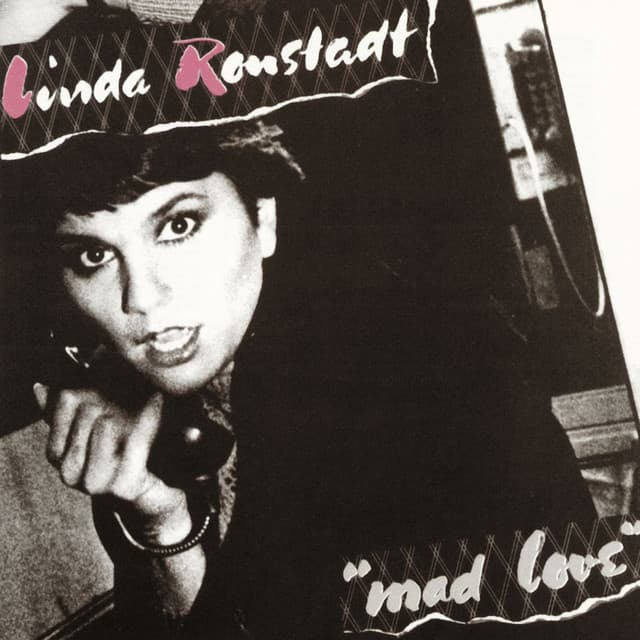
A Heartbreaking Observation of Lingering Love: When Linda Ronstadt Sang of “Hurt So Bad.”
“Hurt So Bad,” a song that beautifully articulates the enduring pain of witnessing a former love seemingly happy with someone new, found one of its most successful and emotionally resonant interpretations in the voice of Linda Ronstadt. Originally a Top 10 hit for Little Anthony & The Imperials in 1965, Ronstadt’s 1980 rendition, featured on her platinum-selling album “Mad Love,” became a significant hit in its own right, reaching number eight on the Billboard Hot 100. It stands as her final Top 10 hit on the Billboard Hot 100 as a solo artist, a testament to her enduring ability to connect with audiences through songs of the heart. The album “Mad Love” itself was a major success, reaching number five on the Billboard 200. The song’s meaning centers on the raw emotions of someone who is still deeply in love with a person who has moved on, the pain exacerbated by seeing them happy with another, creating a feeling akin to “needles and pins.” It transforms a personal experience of lingering affection and heartache into a universally relatable ballad of enduring sorrow.
Imagine a chance encounter, a fleeting glimpse of a former love now smiling in the arms of someone else, and the sound of Linda Ronstadt’s voice, filled with a poignant sadness as she sings of “Hurt So Bad.” Her ability to convey such raw vulnerability with her powerful vocal instrument is truly captivating. Featured on her new-wave influenced album “Mad Love,” this track showcased her versatility while retaining the emotional core that resonated with her longtime fans. While Little Anthony & The Imperials’ version had a classic early soul feel, Ronstadt’s rendition brought a more contemporary soft-rock sensibility, with a notable guitar solo by Danny Kortchmar adding a layer of emotional intensity. The arrangement, while more streamlined than the original, still emphasized the heartfelt yearning and the persistent ache of unrequited love. Ronstadt’s sincere delivery and the song’s universal theme of enduring heartbreak made it a standout track of the era.
The story behind “Hurt So Bad” begins with the songwriting talents of Teddy Randazzo, Bobby Weinstein, and Bobby Hart, who crafted a lyric that perfectly captured the specific agony of seeing a former love move on. Their ability to articulate this particular brand of heartache contributed to the song’s initial success with Little Anthony & The Imperials. Linda Ronstadt’s decision to revisit the song fifteen years later brought a new layer of maturity and perhaps a deeper understanding of the complexities of love and loss to the lyrics. Her interpretation wasn’t just a cover; it was a re-examination of the enduring pain of unrequited affection, delivered with the seasoned emotion of an artist who had undoubtedly navigated the intricacies of the human heart. Her version resonated with a new generation, solidifying the song’s status as a timeless expression of a very specific kind of sorrow.
For those of us who have ever experienced the quiet agony of seeing someone we once loved find happiness with another, the lingering ache in our hearts a constant reminder of what was lost, Linda Ronstadt’s “Hurt So Bad” evokes a sense of poignant and deeply familiar nostalgia. It reminds us of the bittersweet moments when the past intrudes upon the present, and the happiness of someone we once cherished serves as a stark reminder of our own enduring sadness. Ronstadt’s heartfelt voice and the song’s melancholic melody offer a moment of shared emotional understanding, a comforting acknowledgment of the persistent sting of unrequited love and the quiet strength it takes to witness a former flame move on. It remains a beautiful and enduring ballad, a quintessential expression of the lingering pain of a love that once was.